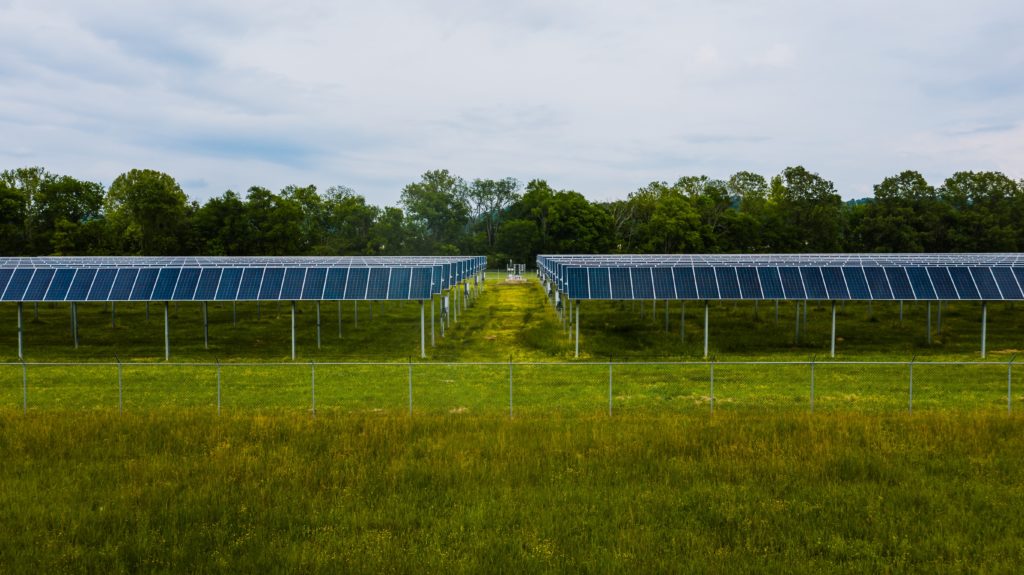The environmental benefits of solar energy have become more apparent in recent years.
Amorphous silicon
Amorphous silicon solar cell technology has become a viable option for producing large amounts of low cost electricity.

Amorphous
Amorphous silicon solar cells are normally prepared by sputtering or glow discharge. These methods produce very thin films of amorphous silicon and the absorption of light is very high. The resulting cell can be assembled into large solar panels. Typical amorphous silicon solar cell modules have an efficiency of 4 to 8%. Nevertheless, they have a theoretical limit of 15%.

P-i-n structure
The p-i-n structure of amorphous silicon solar cells is a good option for achieving a balance between photoelectric efficiency and optical absorption. However, the thickness of the i-layer in an amorphous silicon solar cell may be too thin, reducing absorption.

Silicon
However, amorphous silicon panels have some major problems with their stability and efficiency. They are not as efficient as other types of solar cells and they are not suitable for all applications.This problem is due to cross contamination. To overcome this, different deposition processes have been introduced to improve the stability of amorphous silicon.

Hydrogenated
Another alternative is hydrogenated amorphous silicon. It has been extensively studied for use as a semiconductor for photovoltaic systems. Hydrogenated amorphous silicon is characterized by a disordered matrix, a radial distribution function, a low defect density, and a tunable conduction type. In addition, its shunt resistance enables acceptable performance at low light levels.
Another interesting variant is amorphous silicon alloys. Some of these alloys are doped with carbon atoms. Doping of amorphous semiconductors changes their resistivity and crystallographic properties.
Thin-film solar cell manufacturers have developed technology that can improve the efficiency of amorphous silicon. This technology has made possible the first low-cost multijunction bandgap commercial solar cells.

Amorphous
Amorphous silicon is also used to make thin film transistors. These transistors are often used in liquid crystal displays and other large area electronics applications. Due to their ability to be tuned to a particular frequency of light, they are especially attractive for applications such as wireless devices and sensors. PowerFilm is an amorphous silicon thin-film material that has been developed to meet diverse power requirements of wireless and sensor devices. This material is lightweight, flexible, and durable.
Solar Cells
Although amorphous silicon solar cells still have a low conversion efficiency, they are capable of generating inexpensive electricity. With their low manufacturing costs and relatively simple manufacturing process, they could eventually compete with traditional crystalline solar cells.
